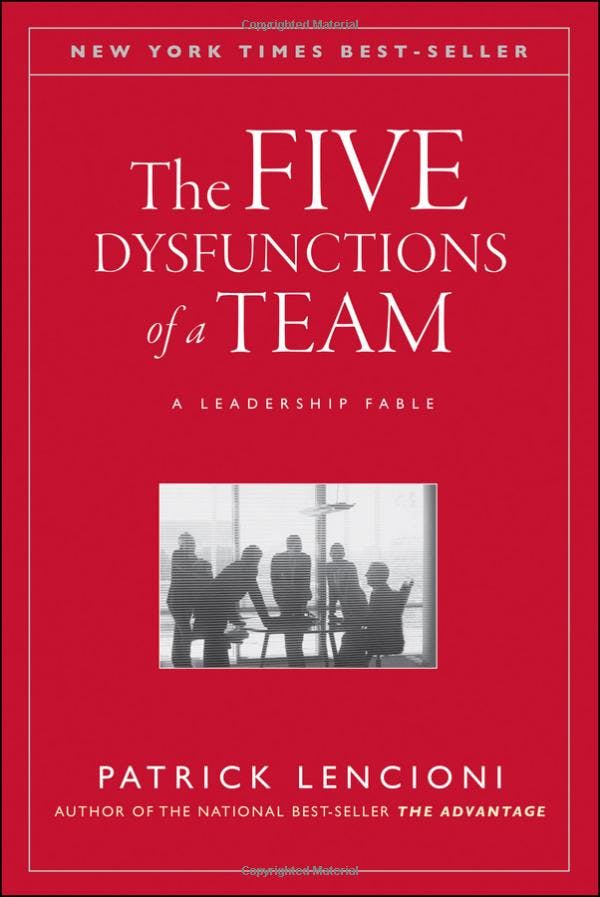After surviving a stint in the military, raising her boys, watching countless buzzer-beating basketball games, and standing up to union bosses, Kathryn decided she was not about to be intimidated by a bunch of harmless yuppies whose greatest hardships in life so far had been fighting off the first signs of a receding hairline or an expanding waistline.195-197 ↱

The Five Dysfunctions of a Team
A Leadership Fable
Patrick M. Lencioni
Loading highlights…